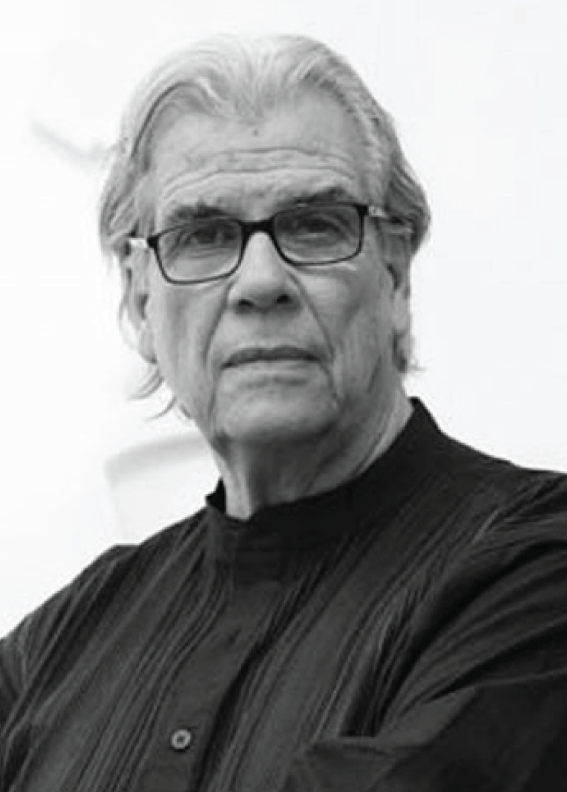We are closed and will open at 09:00 am

ABDUL KARIM CRITES
ABDUL KARIM CRITES, an American art historian, has lived, researched and worked in India and across the Islamic world for more than 50 years. His primary focus has been the revival of traditional South Asian and Islamic arts and crafts. Over the years, he has coordinated a number of prestigious art and architectural projects ranging from Mexico to Malaysia including the Federal Territory Mosque, Kuala Lumpur, the Sheikh Zayed Grand Mosque, Abu Dhabi, the movable minbar for the Masjid Al-Haram, Makkah Sharif and the restoration of the historic Jal Mahal Water Palace in Jaipur, India. These projects have given work to more than 8,000 master artists, carvers, inlay artisans and calligraphers. Abdul Karim writes and lectures regularly on the revival of traditional arts and crafts. He also serves as a trustee on the board of the Turquoise Mountain Institute in Kabul as well as senior advisor to the joint Saudi Handicraft and Turquoise Mountain Project dedicated to the revival of Saudi arts and crafts. Currently, hundreds of master inlay artisans under the supervision of Abdul Karim are working on the inlaid calligraphy panels for the extension of the Masjid Al-Haram in Makkah Sharif.
|
THE ROLE OF TRADITIONAL CRAFTSMANSHIP IN THE CONTEMPORARY MOSQUE
Across the Islamic world, from Morocco to Malaysia and Africa to Afghanistan and beyond, there are hundreds of thousands of skilled Muslim artisans, wood and stone carvers and specialists in hard stone inlay, artists, calligraphers, metalworkers, weavers, embroiderers, paper makers and many more who continue until today to carry on timeless and precious traditions of Islamic arts and crafts. Among them, perhaps not more than 3%, are recognized as great masters, often called ustads, or a variation of this honorific title.
The talk will concentrate on three of our mosque projects in different parts of the Islamic world, each with its own design and construction issues, covering the period from the late 1990s to the present day. 1. The Federal Territory Mosque of Kuala Lumpur, 2. The Sheikh Zayed Grand Mosque, Abu Dhabi. 3. The Masjid Al-Haram, Makkah Sharif. |

